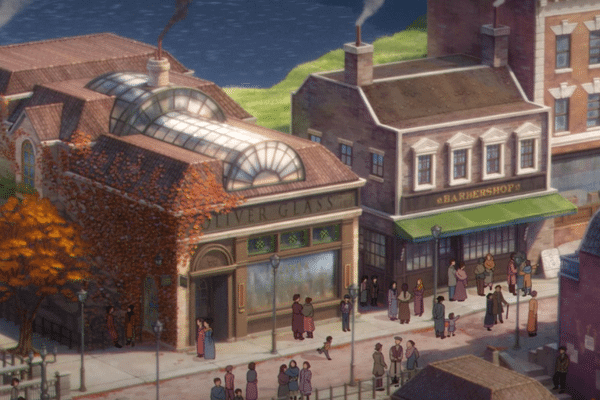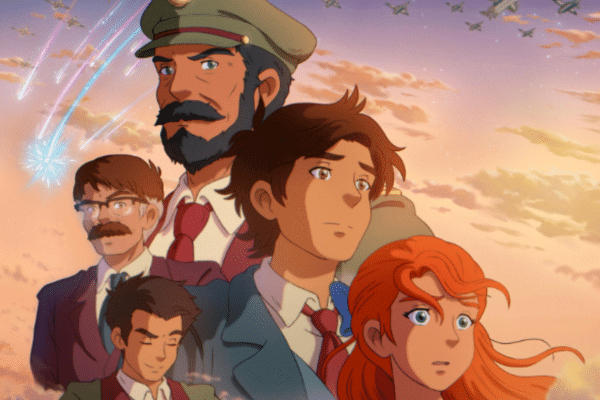Usman Riaz’s animated film The Glassworker opens with a dazzling shot of glass sculptures in a multitude of colours lined up on shelves. As the light bounces through the pots, illuminating the room, the title card appears. It’s Riaz’s ability to wring out the beauty in the small moments, which are often overlooked or easily forgotten, that makes the film a beauty to behold and a worthy contender for the Oscars 2025 shortlist.
AT A GLANCE
Film: The Glassworker
Directors: Usman Riaz
Cast (Urdu): Khaled Anam, Mooroo, Mariam Riaz Paracha, Mahum Moazzam, Faiza Kazi, Dino Ali, Khalifa Sajeeruddin
Runtime: 1hr 42min
Rating: 4/5
The film can be viewed on SBS on Demand
The Glassworker is a slow burn of a film that bit by bit unravels the impact of war on the lives of the central characters. It delves into the startling duality of humanity, presenting both its capacity to create beauty and to engage in unfathomable acts of violence. Whilst it makes great pains (both through its substance and through its marketing) to remind you that it is an anti-war film, the plot never seems contrived.
At the centre of this film is a heartwarming story about the relationship between a peace-loving glassworker’s son, Vincent Oliver (Mooroo) and the daughter of a colonel, named Alliz Amano (Mariam Riaz Paracha). As the story is told in flashback, audiences are kept constantly guessing at the reason behind Alliz and Vincent’s eventual separation. Whilst the first half of the film takes great pains to establish their relationship and respective passion for the arts, it also successfully creates an atmosphere of impending doom, which makes for a startling contrast.
As with any good animation, the best parts of the film are those without dialogue. The looming threat of war is made evident when the shadows of otherworldly aircraft float across the central characters as they run across picturesque fields. It goes without saying that the visual elements of the animation are influenced by Studio Ghibli, the legendary anime production company; from the detailed architecture to the depiction of lighting and even the music.
View this post on Instagram
The musical score, composed by Carmine Diflorio, is central to shaping the atmosphere of each scene. However, this is one area where the influences of Studio Ghibli threaten to undermine the identity of the film. As the first hand-drawn animated Pakistani film, that is evidently set in a place with South Asian influences, it would have been exciting to hear traditional instruments or music that is evocative of a specific location.
This ethnic ambiguity also extends to other aspects of the film. Whilst there are references to chai and gulab-jamun, the charming town in which they live is called “Waterfront Town.” In other words, the film raises questions as to whether it is necessary to have an ambiguous setting in order for wider audiences to be able to relate.

The film’s denouement, whilst shocking, is in line with its overall anti-war theme. The portrayal of Vincent’s lowering self-esteem and ego, is revealed visually in a slow and measured way, by altering the shape of his eyes and face. The director clearly believes that the audience will be perceptive enough to realise the impact of the war on Vincent’s soul. This in-depth characterisation is but one indication that Riaz takes his audience of young viewers seriously.
Whilst the film, perhaps bogged by its own influences, doesn’t present any new styles or ideas, it is heavy with complex themes and a steady plot, despite being only the first animated film to come out of Mano Studios.
The film leaves viewers with a yearning to imagine what might have been had Vincent and Alliz been able to continue their relationship. And it is a feeling that persists long after the credits roll.
READ MORE: Film Review: Pushpa: The Rule





